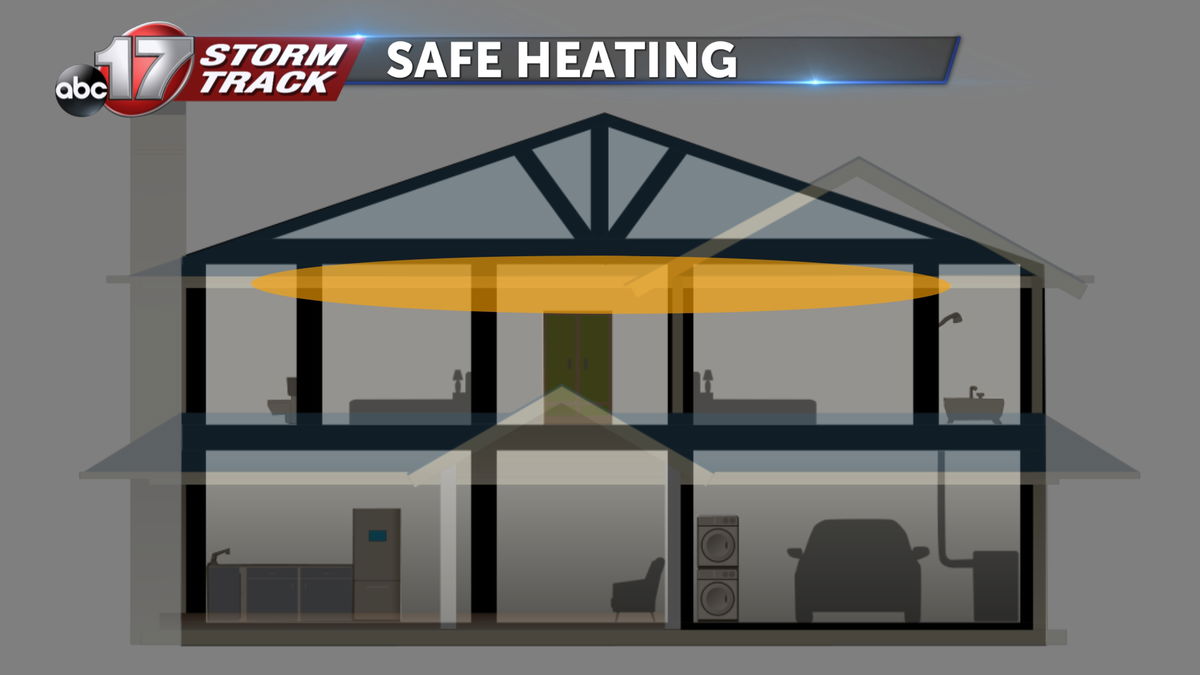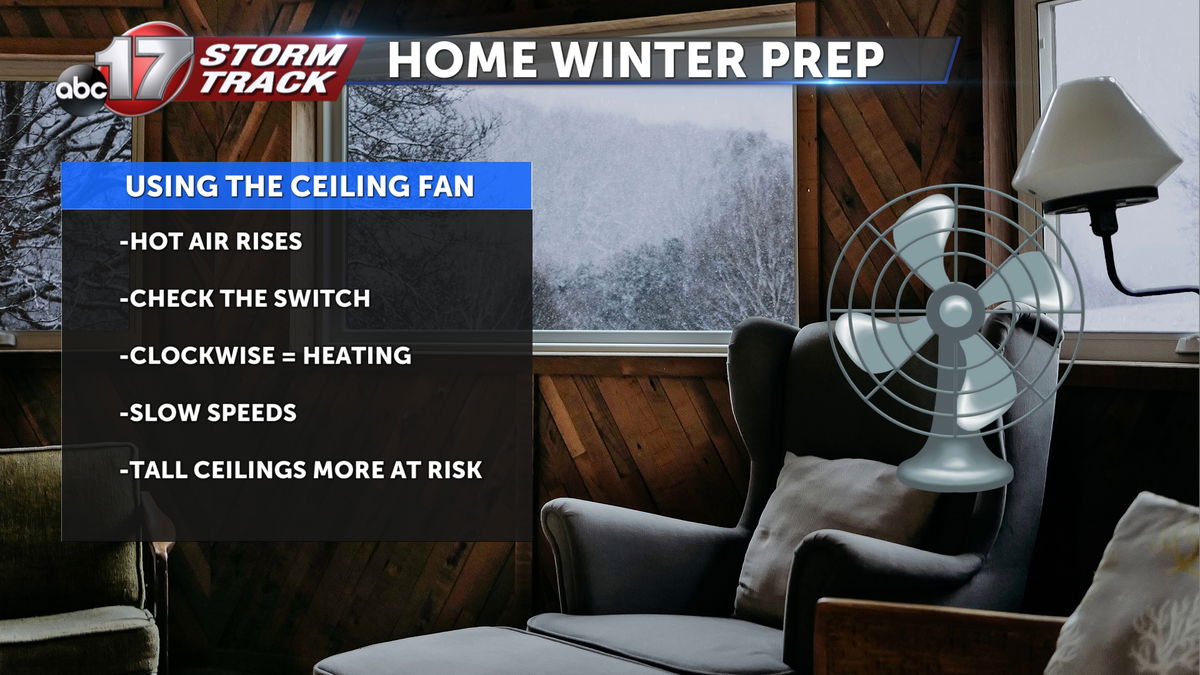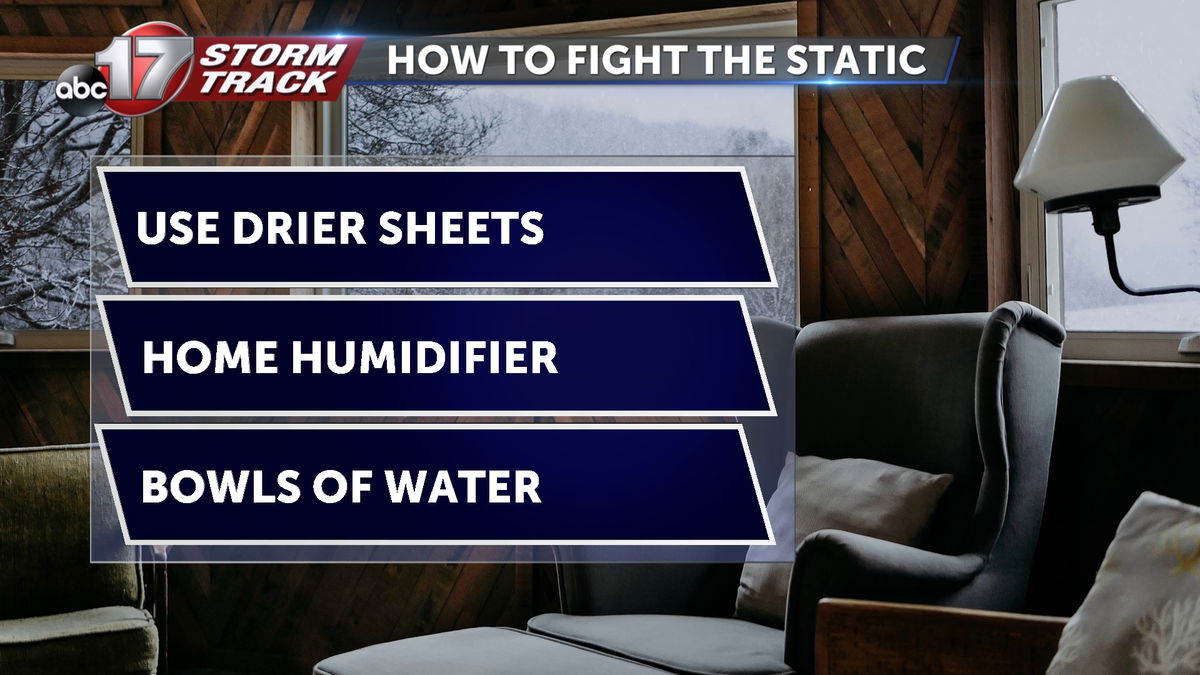Using science to get through winter in your home comfortably
Average highs continue to decrease deeper into late December and January causing the cost of heating to increase. Many people are already cutting things tight with their budgets during the holiday season so we are breaking down some tips to keep you comfortable for less this winter using science.

Warm air typically rises in homes and businesses as it is less dense than cooler air which sinks. This causes a large portion of heat in your home to collect towards your ceiling creating an issue for you at the floor and furniture level. To help distribute this heat more effectively, using a ceiling fan can come in hand.
In the northern hemisphere, clockwise ceiling fans cause a downdraft pushing the warmer air back down allowing for your heater/ furnace to catch a break helping your wallet with energy efficiency.

Make sure to keep the ceiling fan on a slower speed setting to help with the warming at surface levels. If you have taller ceilings, heating efficiency decreases and a ceiling fan becomes even more important.
The number one way to keep heating cost down involves sealing any areas where heat can escape. Doorways and windows cause the most issues and cheaper sealants can be purchased at your local hardware stores.

On top of increases issues with keeping your home warm, drier air becomes an increasingly larger issues during December, January, and February. In your home, your heater takes in the cool and already dry air from outdoors and warms the air temperatures. During this time, the dew point temperature remains the same. The larger the spread seen between these two, leads to even drier air. This same process occurs with your dryer causing increases in static electricity build-up.
Using drier sheets helps with static electricity on clothes, but for your furniture other solutions might be needed. A great way to regulate the moisture in your home and increase it is by using a humidifier to increase the dewpoint. To save money, warm bowls of water can act as a less effective substitute as the water evaporates into the air helping reduce static electricity.
